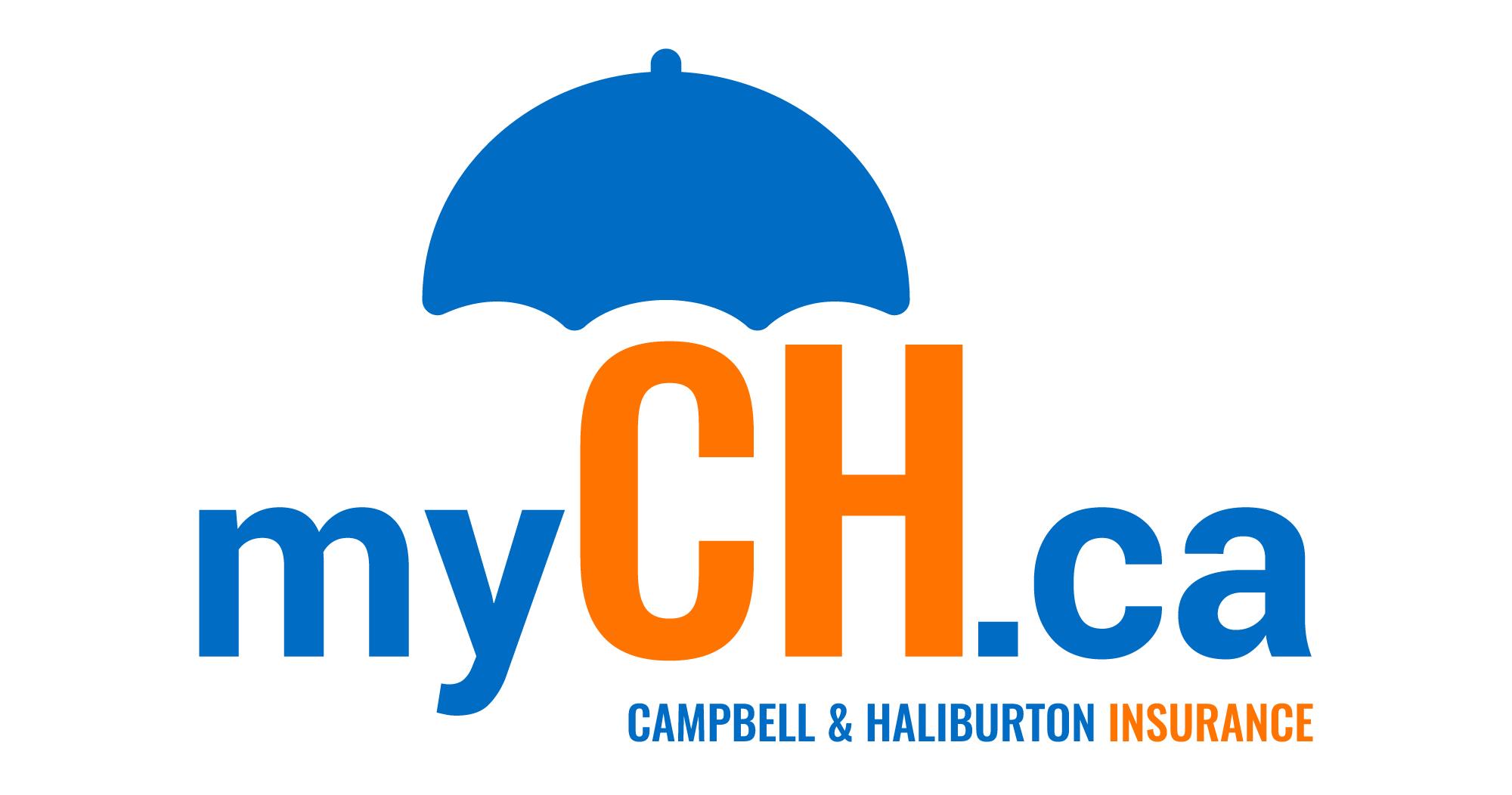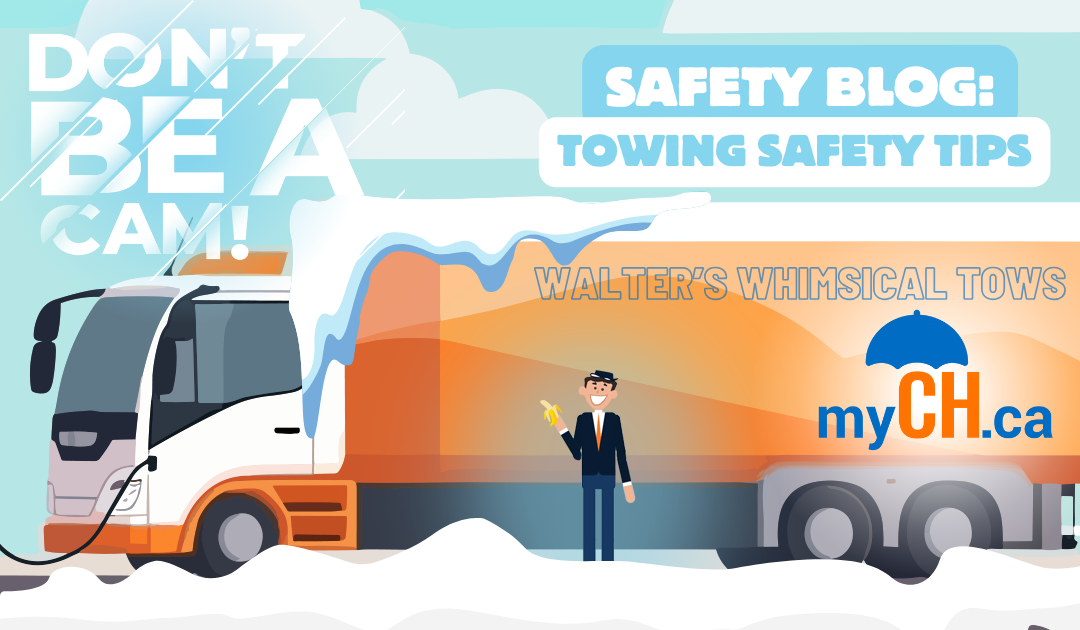Campbell & Haliburton Insurance has created a one-of-a-kind guide for towing safety tips! Further, don’t be afraid to reach out to a member of the Campbell & Haliburton Insurance team for any clarification.
Towing Safety Tips: Mastering the Art of Hauling Vehicles
When towing a vehicle, there are many safety factors to remember. To begin, consider the towing capacity of the vehicle you are using, including the size, power, and condition, and whether it has the proper hitch for the purpose. In some provinces, you must also hold a valid driver’s license for the load you plan to tow. This may be determined by the size and weight of the load. Don’t forget to reference the Canadian Centre for Occupational Health and Safety, as they provide tips on towing safety, from traffic control to understanding what you should know when towing another vehicle. Roadside safety also requires you to survey your surroundings for possible hazards, including traffic, merging lanes, and intersections, among others. Finally, it’s essential to consider visibility to warn other drivers of your presence:
- Use warning lights or place pylons around your work area.
- High-visibility personal protective equipment, including gloves and protective footwear, is essential, particularly in low-light or nighttime conditions.
- Flares should be avoided in case fuel has leaked.
- Use disabled vehicle flashers and place stop/turn signals on the vehicle being towed.
- Be aware of nearby electrical lines if using a hoist.
- Keep bystanders at a distance.
Towing a Vehicle
Before attempting to tow another vehicle, familiarize yourself with the following:
- Check the transmission type of the vehicle you’re towing, and follow the manufacturer’s recommendations for towing based on whether it’s front-wheel, rear-wheel, or four-wheel drive.
- Tow rather than push a vehicle
- Equip your vehicle with emergency equipment, including a valid fire extinguisher.
If using a tow truck:
- Ensure the maximum hoisting capacity of the winch is visible on the mast.
- Stay within the capacity limits of the cables, chains, tow bars, etc.
- Three wraps of cable should be left on the winch.
- Operate controls at a safe distance from the winch drum, cables, and sheaves
- Wheel lifts should extend far enough to provide clearance when turning
- Secure all cables, connections, and locking pins, and double-check before proceeding
- Never straddle the tow cable or work under a suspended vehicle
SGI’s Capacity Requirements
Provincially, Saskatchewan Government Insurance (SGI) provides the capacity requirements when towing, including the following equipment required for the vehicle being towed:
Note: If the vehicle being towed isn’t equipped with functional lighting requirements as identified above, a temporary lighting system may be attached on the rear of the rearmost vehicle that complies with the applicable lighting standards.
Towing Trailers of Vehicles with A Motorhome
When towing conveyances behind a motorhome, you will need to increase the registered gross vehicle weight (GVW) of the motorhome. The registration fee for the motorhome depends on the registered GVW so your registration will be affected by an increased GVW.
It is essential to familiarize yourself with both the Canadian Centre for Occupational Health and Safety requirements and Saskatchewan Government Insurance (SGI) before towing a vehicle in Saskatchewan.

Want to Renew Your Plates Online?
Thanks to MYSGI’s user-friendly system, Campbell & Haliburton Insurance offers direct license plate renewal online!

